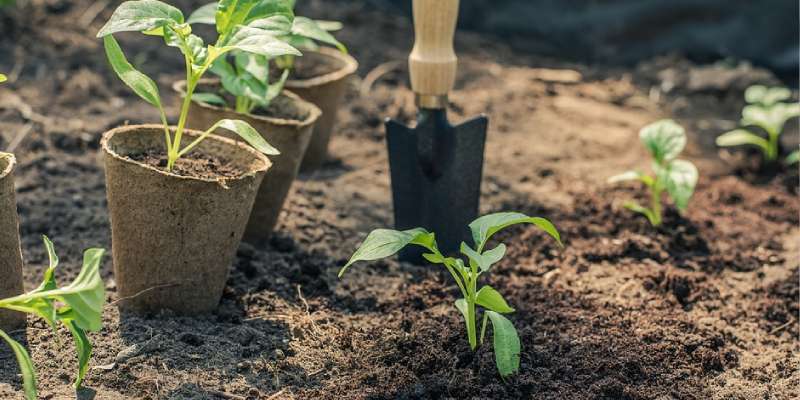
Organic fruits and vegetables are excellent for your health, but they can take a bite out of your wallet. Growing your own garden is a great way to provide your family with fresh organic vegetables on a budget, but getting plants to grow and preventing residential pests in your lawn from destroying them are challenges that discourage many organic gardeners.
If you want to limit chemicals and pesticides to keep your garden as natural and healthy as possible, consider utilizing a technique called companion planting that pairs certain plants together in order to achieve benefits like increased growth or pest control. Here are ten tips for companion planting that will keep the chemicals away and the bugs at bay.
Marigolds, the Enemy of Aphids
Aphids are a gardener’s worst nightmare because they feed on a wide variety of plants. However, there is one they can’t stand: marigolds. The smell of the cheery orange flower is repellant to aphids and also attracts hoverflies, which are known to kill and eat the garden pest.
Earth Flies Hate Lettuce
Flies pestering your crop of radishes and turnips? Surround them with a bed of lettuce. Not only does the leafy green complete your salads, but it can also keep earth flies away. They detest the smell of lettuce and will buzz off as soon as they come near it.
Asparagus and Tomatoes Grow Well Together
Tomatoes and asparagus complement each other both on a plate and in the garden. Planting these colorful vegetables next to each other improves the vigor of both. For best results, plant two rows of tomatoes with a row of asparagus in between.
Leeks and Carrots Keep Flies Away
Another plant pair that goes well together is carrots and leeks. Both of these plants are susceptible to species of flies that target them specifically, but leeks repel the carrot fly and carrots repel the leek fly. This means that planting the two vegetables together can keep both fly-free.
Corn and Pumpkins Provide a Raccoon Barrier
If you’re tired of masked bandits raiding your garden, surround it with a natural fence of corn and pumpkins. The pumpkin leaves will grow around the corn stalks to prevent raccoons and other small critters from entering.
Onions Keep Out Rabbits
Bunnies are adorable, but not so much when they’re ransacking your garden. Discourage them from snacking on your vegetables by planting alliums like onions and garlic among your other plants.
Attract Bees With Borage
Borage, a pretty blue flowering plant, is one of the best companion plants you can include in your garden. It repels several species of pest insects while attracting bees, which can help pollinate your other plants.
Repel Beetles With Beans
Bush beans are an excellent deterrent to the Colorado potato beetle, while potatoes are known to repel the Mexican bean beetle. Plant beans and potatoes in alternating rows to keep both plants pest-free.
Plant a Protective Border
Surrounding your garden with a border of castor beans can keep out a number of mammalian pests like mice, rats, and moles. However, the beans are also toxic to children and pets so exercise caution with this crop.
Intersperse Herbs and Vegetables
You already know that herbs can bring your vegetables to new heights in the kitchen, but they can also do the same in the garden. Planting herbs like dill, sage, and rosemary in between cruciferous vegetables, potatoes, onions or beets helps keep these veggies free of pests while increasing their growth, yield and flavor.
